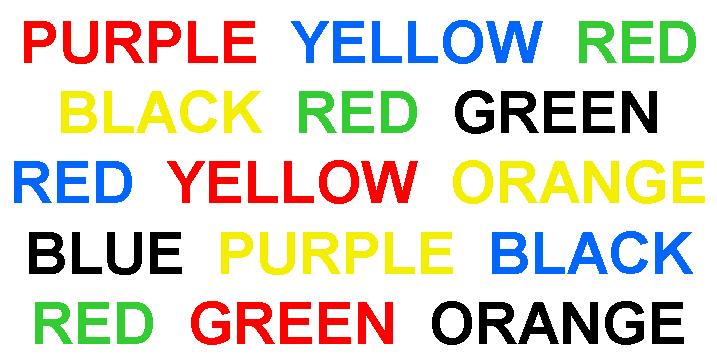SAQ sample: Decision making
 The following sample is for the question: Describe one theory or model of thinking or decision making with reference to one study.
The following sample is for the question: Describe one theory or model of thinking or decision making with reference to one study.
The sample below is an exemplary response.
An annotated copy of the sample response can be found at the bottom of the page.
What is this question asking?
- You must first identify a theory or model of thinking or decision-making and describe it in good detail.
- A study should be described which supports the theory or model.
- There should be an explicit link between the study and the theory or model. This means that there should be a clear statement about what the research tells us about the theory or model.
Sample response
One model of thinking is the “Dual Process Model.” This model argues that there are two systems of thinking. System 1 is an automatic and intuitive way of thinking based on short-cuts called “heuristics.” Heuristics focus on one aspect of a complex problem and ignore others. This mode of thinking is fast and efficient but is prone to mistakes when our assumptions do not match the reality of a specific situation. Often System 1 works with what is believed to be a “correct” answer.
System 2 thinking is slower and requires more effort. Rational thinking allows us to analyse the world around us and think carefully about what is happening, why it is happening, what is most likely to happen next, and how we might influence the situation. Often System 2 works with what is believed to be a “probable” answer.
The Stroop Effect is a good example of how these two systems work. In the original study by Stroop, participants were given a list of colours. The words were written in colours that were not the same as the word itself – so, the word “red” was written in blue ink. Participants were asked to read the list of colours as quickly as possible. This showed System 1 at work. The task was automatic and was based on past experience. The second task was to read the colour of the words, rather than the words themselves. This required System 2 thinking – it required more effort and attention to the information presented. It was also not a "usual" task, meaning that the participants could not really on past experience with the task. Participants struggled with the second task as they often read the word instead of the colour, showing the automatic response of System 1 thinking.
270 words
What are common problems with this response?
- There is no theory or model outlined or the theory or model is not well described.
- Key vocabulary is not defined.
- The study is not well described or is not explicitly linked to the theory or model.

 IB Docs (2) Team
IB Docs (2) Team
